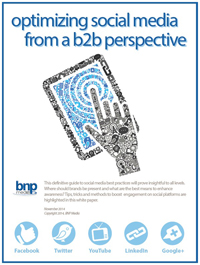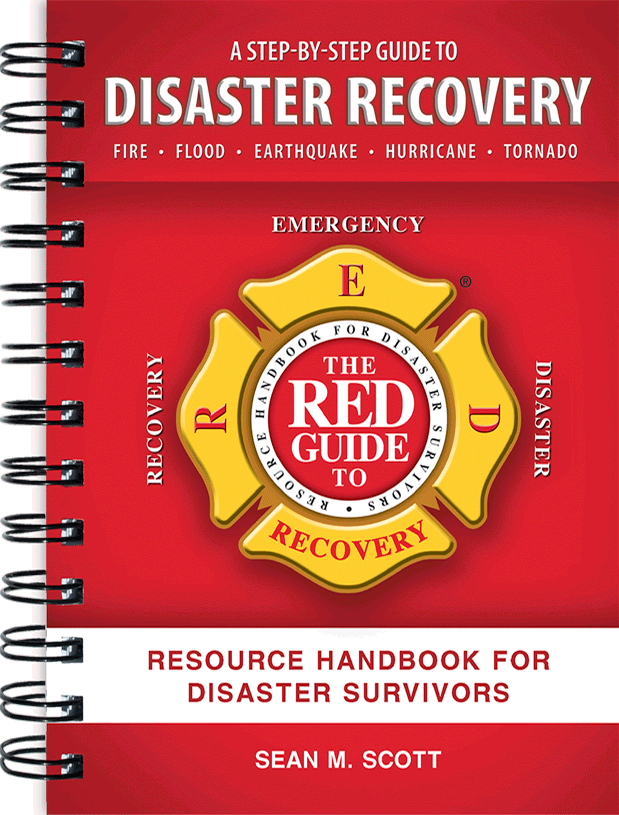Two Rights Don’t Make a Wrong




We have all heard the saying “two wrongs don’t make a right.” Many parents and teachers use this proverb to teach children that doing something wrong in response to another person’s wrongdoing does not solve the problem. This lesson was designed to help us choose the high road and to learn better behavior. But you may wonder how it’s possible to choose the high road when faced with conversations and decisions that focus on differing perspectives, sometimes resulting in conflict with others. Is it possible that two people who disagree on an issue can both be right, and if so, how do we handle it? Is it possible that two rights don’t make a wrong? This twist on the “two wrongs don’t make a right” proverb might help us all choose the high road and be better behaved if we can think carefully and apply it when we find ourselves at odds with others.
To illustrate, think back to a recent decision you made at work. It could have been a decision to provide constructive feedback to an employee instead of keeping your thoughts to yourself or perhaps to personally contact a customer to solicit feedback rather than send an e-mail. Now that you have a decision in mind, consider the reasons behind your decision. In other words, what criteria did you use when making your decision? Understanding the reasons behind how and why we make decisions helps us to understand ourselves better and to understand and collaborate with others - whether it’s employees, peers, customers or even family members.
The research and findings of Carl Jung, a well-known Swiss psychiatrist, may help illustrate the importance of understanding the motives behind your decision. Jung’s research on personalities and personal preferences provides us with a framework to look at decision-making through two lenses: people with a “thinking” preference and people with a “feeling” preference. As we explore these two personal styles, there are two important things to keep in mind. First, it’s important not to make the assumption that thinkers have no heart and feelers have no brain. Those who make thinking decisions are not cold-hearted and those who make feeling decisions are not weak minded. Second, since we all utilize both of these perspectives, the key to understanding these decision-making styles is to focus on which of these two perspectives comes into play first when making decisions. In other words, what is your primary decision-making criteria?
Thinkers typically want truth and justice and are often naturally skeptical. Their motto is often “problem first, people second.” People who utilize thinking characteristics when making their decisions are often objective and believe there is a principle and outcome to everything. Thinkers may look for logical explanations or solutions to most everything and sometimes may miss seeing or valuing the “people” part of situations. The result is that they can be viewed as too task-oriented, uncaring or even indifferent.
Feelers, on the other hand, are typically empathetic, supportive and forgiving while striving for harmony with others. Their motto is often “people first, problem second.” They naturally trust others with a focus on maintaining positive relationships. People who utilize feeling characteristics when making their decisions can be perceived as subjective because they believe there is a human element to everything. Feelers may look for what is important to others and often believe being tactful is more important than telling what they view as the “cold” truth. The result is that others often view them as too idealistic, mushy or indirect.
Now let’s go back to your decision. In that situation, were you a “thinker” or a “feeler?” Based on what we know about personalities and personal preferences, it doesn’t matter whether you made your decision as a “thinker” or a “feeler” because both decisions are right. This is possible because the reasoning and criteria used are different. Remember, the key is an understanding of whether your first consideration was thinking criteria or feeling criteria.
What we find in many organizations, and families as well, is that these two decision making perspectives can cause confusion and damage relationships not because either side is right or wrong, but because both sides are right if you take into consideration the criteria used to make the decisions. Two differing decisions merely reflect two differing criteria.
To improve your relationships with others, understanding their communication styles goes a long way. For example, when you are communicating with someone who has a “thinking” style, make an effort to talk objectively about the pros and cons of an issue and try not to take things personally. At the end of the conversation, remember to summarize and describe the ideas you discussed concisely to ensure clarity and reinforce commitment. When communicating with someone who has a “feeling” style, make an effort to show you realize the impact of issues for people and look for points of agreement between the two of you. Remember to pay attention to how you communicate through your vocal tone and body language.
The next time you encounter differing perspectives from others, think about how you view the issue and how you make your decisions, and then make an effort to see how others view the issue. It could be that the source of the conflict is simply the difference between decision-making styles. Rather than assuming the other person is illogical or taking the situation personally, consider the criteria and reasons behind their decisions. When you understand both sides to an issue and each person’s perspective, you will see that two rights don’t make a wrong.
Looking for a reprint of this article?
From high-res PDFs to custom plaques, order your copy today!








